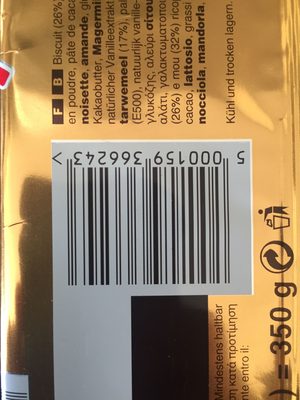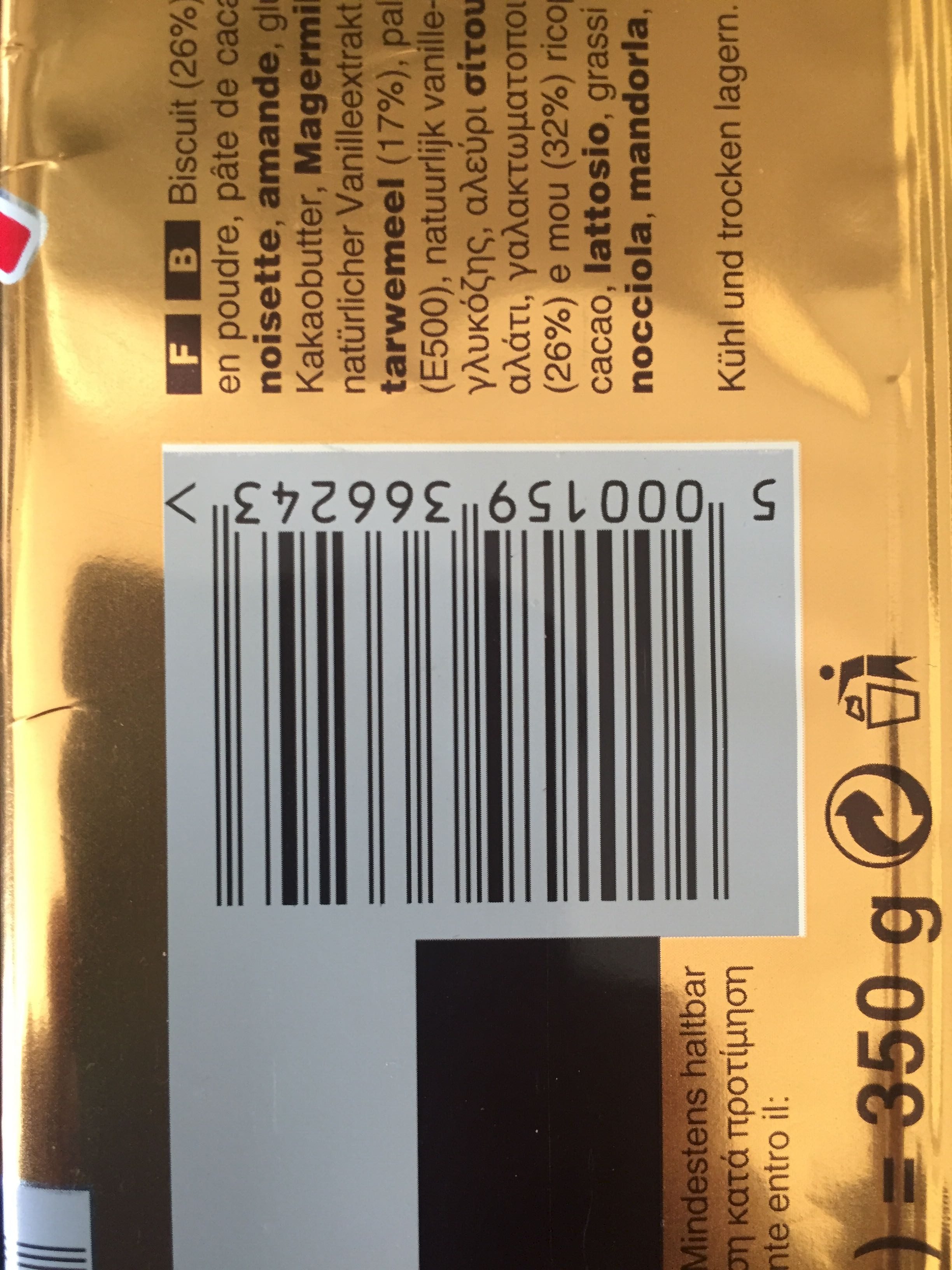Twix - MarsMars Chocolat - 350 g
This product page is not complete. You can help to complete it by editing it and adding more data from the photos we have, or by taking more photos using the app for Android or iPhone/iPad. Thank you!
×
Barcode: 5000159366243 (EAN / EAN-13)
Common name: Biscuit nappage au caramel enrobé de chocolat au lait
Quantity: 350 g
Packaging: Plastique
Brands: MarsMars Chocolat
Categories: Snacks, Barres, Barres chocolatées, Cacao et dérivés, Confiseries, Confiseries chocolatées, Snacks sucrés
Labels, certifications, awards: Point Vert
Stores: Delhaize
Matching with your preferences
Environment
Packaging
Transportation
Threatened species
Report a problem
Data sources
Product added on by openfoodfacts-contributors
Last edit of product page on by halal-app-chakib.
Product page also edited by aleene, beniben, countrybot, foodvisor, kiliweb, moon-rabbit, packbot, scanbot.
If the data is incomplete or incorrect, you can complete or correct it by editing this page.








